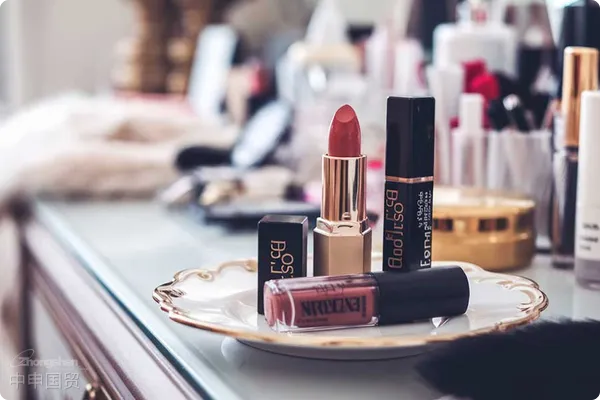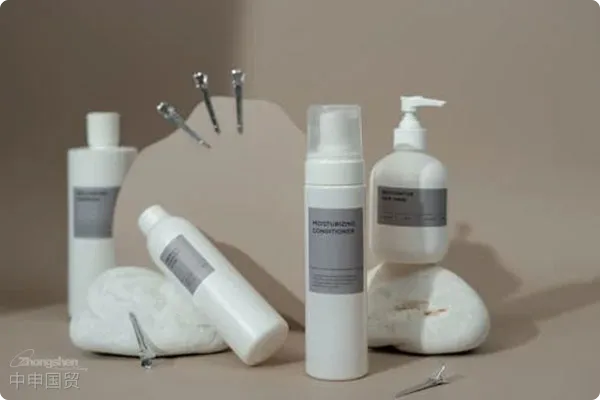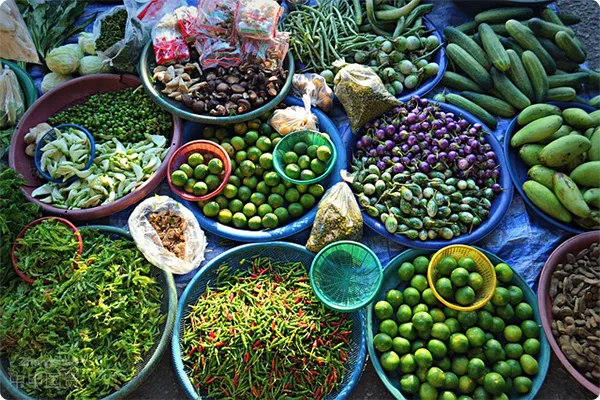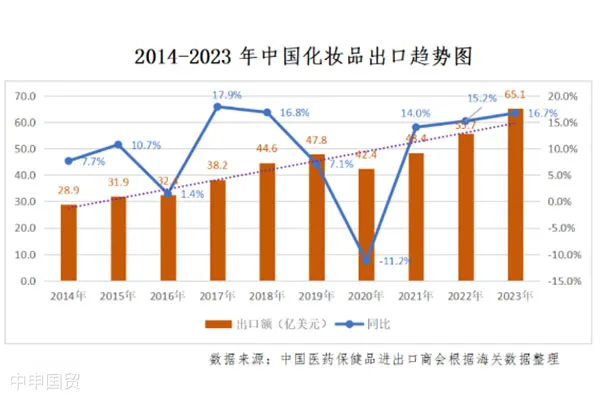- Shanghai Zhongshen International Trade Co., Ltd. - Two decades of trade agency expertise.
- Service Hotline: 139 1787 2118
On July 6, 2023, the UK issued the new 2023Cosmetics & Personal Care(Restriction of Chemicals) Regulations, which amended the List of Substances Restricted in Cosmetic Products (Annex 3) and the List of UV Filters Allowed in Cosmetic Products (Annex 6).
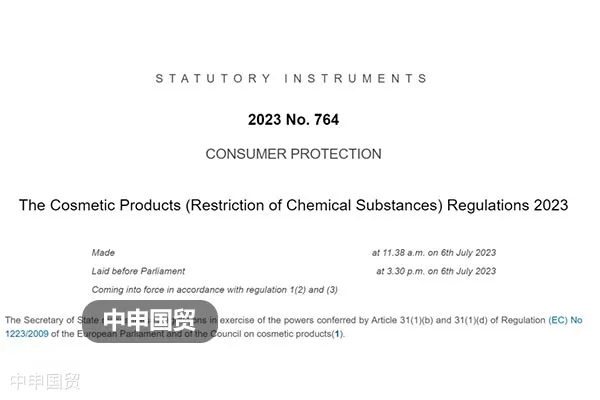
Background of UK Cosmetic Regulations
After the Brexit transition period ended on January 1, 2021, the UK continued to adopt EU Cosmetic Regulation (EC) No 1223/2009 for cosmetic supervision, but updates are no longer synchronized with the EU, now referred to as the UK Cosmetic Regulations. These regulations apply to England, Wales, and Scotland, while cosmetics in Northern Ireland remain under EU Cosmetic Regulation. Therefore, exporters to the UK need to be aware of regulatory differences based on destination and implement appropriate compliance measures.
This Amendment Content
Amendment of restricted substances
The regulation adds the following substances to the List of Substances Restricted in Cosmetic Products (Annex 3):
Amendment of restricted substances
| Common ingredient name | Methyl-N-methylanthranilate Methyl o-aminobenzoate |
| CAS number | 85-91-6 |
| EC number | 201-642-6 |
| Product Type | (a) Leave-on products (b) Rinse-off products |
| Maximum concentration | (a) 0.1% (b) 0.2% |
| Others | For (a) only: Not to be used in sunscreen products and products exposed to natural or artificial UV light. For both (a) and (b): - Do not use with nitrosating agents; - Maximum nitrosamine content: 50μg/kg; - Store in containers free of nitrites |
| Transitional requirements | Effective from July 6, 2024. Cosmetics placed on the market before the effective date may continue to be sold until July 6, 2026. |
Revision of the UV filter list
The regulation adds the following substances to the List of UV filters allowed in cosmetics (Annex 6):
Revision of UV filter list - non-nano
| Common ingredient name | 1,1’-(1,4-piperazinediyl)bis[1-[2-[4-(diethylamino)-2-hydroxybenzoyl]phenyl]-methanone 1,1'-(1,4-哌嗪二基)雙[1-[2-[4-(二乙基氨基)-2-羥基苯甲酰基]苯基]-甲酮 |
| Common ingredient name | HAA299 (non-nano) |
| CAS number | 919803-06-8 |
| EC number | 485-100-6 |
| Maximum concentration | 10% |
| Others | When using both HAA299 (non-nano) and HAA299 (nano) ingredients, the total content shall not exceed 10%. |
| Effective date | July 27, 2023 |
Revision of UV filter list - nano
| Common ingredient name | 1,1’-(1,4-piperazinediyl)bis[1-[2-[4-(diethylamino)-2-hydroxybenzoyl]phenyl]-methanone 1,1'-(1,4-哌嗪二基)雙[1-[2-[4-(二乙基氨基)-2-羥基苯甲酰基]苯基]-甲酮 |
| Common ingredient name | HAA299 (nanometer) |
| CAS number | 919803-06-8 |
| EC number | 485-100-6 |
| Maximum concentration | 10% |
| Others | Only nanomaterials with the following characteristics are permitted: - Purity ≥97%, - Median particle size ≥50nm. Not to be used in applications that may lead to lung exposure through consumer inhalation. When using both HAA299 (non-nano) and HAA299 (nano) ingredients, the total content shall not exceed 10%. |
| Effective date | July 27, 2023 |
The UKs regulatory amendments primarily reference the assessment opinions of the EU Scientific Committee on Consumer Safety and the amendments to the (EC) No 1223/2009 Cosmetic Regulation.
Previously, the EU had implemented identical regulatory updates for the aforementioned substances, with relevant details as follows:
Methyl-N-methylanthranilate has been added to the List of Restricted Substances in Cosmetics. This change takes effect from January 21, 2022, and products containing this substance that do not meet the relevant conditions may not be placed on the EU market from August 21, 2022, nor sold in the EU market from 2022121.
The List of UV filters allowed in cosmetics has been updated to include HAA299 (non-nano) and HAA299 (nano). This change took effect from November 30, 2022.
Related Recommendations
? 2025. All Rights Reserved. Shanghai ICP No. 2023007705-2  PSB Record: Shanghai No.31011502009912
PSB Record: Shanghai No.31011502009912

